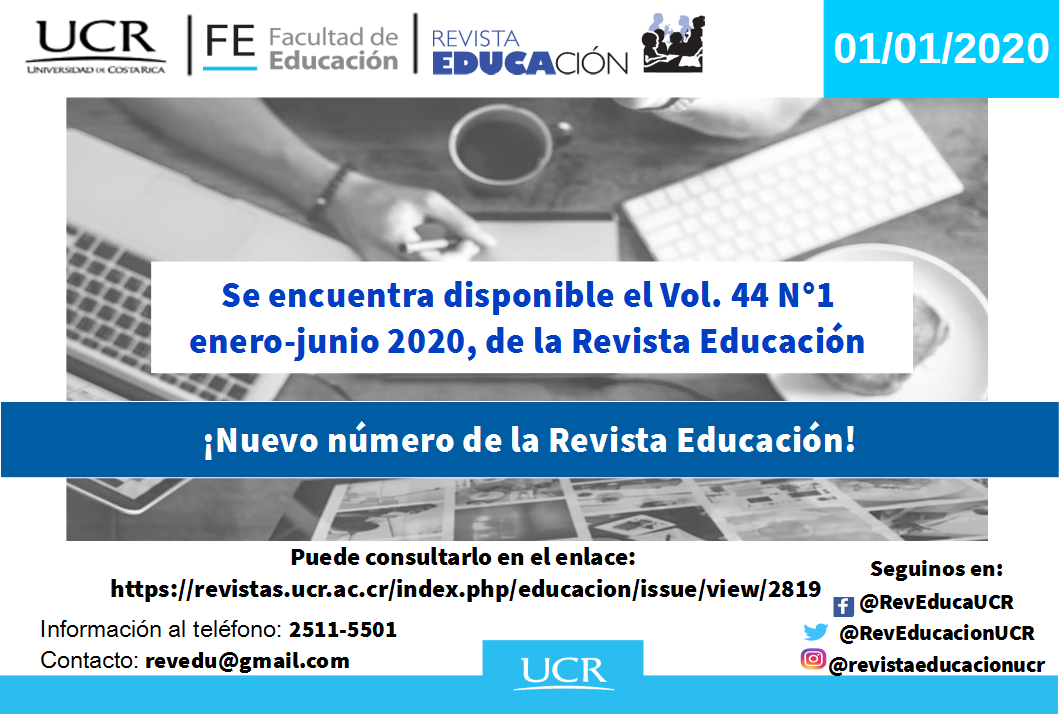Resumen
El presente estudio aborda la comprensión del significado de las ayudantías desde la perspectiva de las personas ayudantes de las carreras de Psicología e Ingeniería Comercial de la Universidad Alberto Hurtado en Chile. Se utilizó una metodología cualitativa enmarcada en la grounded theory. Participó una muestra intencionada de 12 estudiantes pertenecientes a ambas carreras, quienes llevaban por lo menos un año en el rol de ayudantes de pregrado, con evaluaciones positivas desde la mirada del estudiantado tutorado. Se recogieron los datos a partir de entrevistas semiestructuradas, desarrollando codificación abierta y axial buscando patrones de relación que permitiesen construir el significado que le otorgan a este espacio los propios ayudantes. Los resultados evidencian una forma particular de concebir el espacio de ayudantía, las condiciones consideradas como necesarias para que se produzca el aprendizaje y las estrategias usadas en su desarrollo. El análisis relacional destaca la ayudantía como un espacio de aprendizaje recíproco, el cual se ve influido por factores que facilitan o inhiben la posibilidad de aprender de forma colectiva, así como estrategias de acción que potencian esta forma de aprender. Para concluir, se releva las ayudantías como un método de aprendizaje y enseñanza, que favorece el aprender y enseñar a aprender.
Citas
Alrajhi, M. y Aldhafri, S. (2015). Peer Tutoring Effects on Omani Students’ English Self-Concept. International Education Studies, 8(6), 184-193. doi https://dx.doi.org/10.5539/ies.v8n6p184
Biggs, J. (2005). Calidad del aprendizaje universitario. España: Narcea Ediciones.
Cabrera, P. (2017a). Manual para ayudantías. Construyendo aprendizaje activo entre pares en educación superior. Santiago de Chile: Universidad Alberto Hurtado. Recuperado de https://bit.ly/2LjqLxd
Cabrera, P. (2017b). ¿Cómo diseñar ayudantías que favorezcan el aprendizaje active de los estudiantes tutoreados? La percepción del ayudante universitario. Estudios Pedagógicos, 43 (3), 47-62.
Creswell, J. (2014). Research Design. Qualitative, Quantitative and Mixed Methods Approaches. Thousand Oaks, CA: Sage
Denzin, N. (1989). Strategies of multiple triangulation. The research act: A theoretical introduction to sociological methods. New York: McGraw Hill.
Deshler, J.M. (2015). Reflections on Our First Calculus Undergraduate Teaching Assistant. Adults Learning Mathematics. An International Journal, 11(1), 59-63.
Doyle, T. (2008). Helping students learn in a learner-centered environment. A Guide to Facilitating Learning in Higher Education. United States of America: Stylus Publishing.
Engeström, Y. (2001). El aprendizaje expansivo en el trabajo: hacia una reconceptualización teórica de la actividad. Journal of Education and Work, 14(1), 1-16.
Filz, T. y Gurung, R. (2013). Student Perceptions of Undergraduate Teaching Assistants. Teaching of Psychology, 40(1), 48-51.
Flick, U. (2004). Introducción a la Investigación Cualitativa. Madrid: Ediciones Morata
Gallardo, G. y Reyes, P. (2010). Relación profesor-alumno en la universidad. Arista fundamental para el aprendizaje. Calidad de la educación, 32, 77-108
Gerton, J. (2016). Mobilizing the Forgotten Army: Improving Undergraduate Math and Science Education through Professional Development of Graduate Teaching Assistants. Bulletin of the American Physical Society. Recuperado de http://meetings.aps.org/link/BAPS.2016.MAR.V14.2
Gordon, J., Henry, P. y Michaux, D. (2013). Undergraduate Teaching Assistants: A Learner-Centered Model for Student Engagement in the First-Year Experience. International Journal of Teaching and Learning in Higher Education, 25(1), 103-109.
Hogan, T., Norcross, J., Cannon, T. y Karpiak, C. (2007). Working with and Training Undergraduates as Teaching Assistants. Teaching of Psychology, 34(3), 187-190.
Kajfez, R.L., Matusovich, H.M. y Lee, W.C. (2016). Designing Developmental Experiences for Graduate Teaching Assistants Using a Holistic Model for Motivation and Identity. The International Journal of Engineering Education, 32(3), 1208-1221.
Lindsay, K., Carlsen, B., Boaz, C. y Marshall, D. (2017). Predictors of student success in supplemental instruction courses at a medium sized woman’s university. International Journal of Research in Education and Science (IJRES), 3(1), 208-217.
Malm, J., Bryngfors, L. y Mörner, L.L. (2015). The potential of Supplemental Instruction in engineering education – helping new students to adjust to and succeed in University studies. European Journal of Engineering Education, 40(4), 347-365.
McKeegan, P. (1998). Using Undergraduate Teaching Assistants in a Research Methodology Course. Teaching of Psychology, 25(1), 11-14.
Melton, B. (2016). Strategies for College and University Instructional Physical Activity Program (IPAP) Directors. International Journal of Higher Education, 5(1), 292-299.
Odon, S., Ho., S. y Moore, L. (2015). An examination of the Outcomes of the Undergraduate Leadership Teaching Assistant (ULTA) Experience as a High-Impact Practice in Leadership Education. Journal of Leadership Education, 14(12), 100-117.
Organización para la Cooperación y el Desarrollo Económico (OCDE, 2009). Revisión de políticas nacionales de educación. La educación superior en Chile. Santiago, Chile: Ministerio de Educación de Chile. Recuperado de http://www7.uc.cl/webpuc/piloto/pdf/informe_OECD.pdf
Philipp, S., Tretter, T. y Rich, C. (2016a). Development of Undergraduate Teaching Assistants as Effective Instructors in STEM Courses. Journal of College Science Teaching, 45(3), 74-82.
Philipp, S., Tretter, T. y Rich, C. (2016b). Undergraduate Teaching assistant impact on student academic achievement. Electronic Journal of Science Education, 20(2), 1-13.
Sana, F., Pachai, M. y Kim, J. (2011). Training Undergraduate Teaching Assistants in a Peer Mentor Course. Transformative Dialogues.Teaching & Learning Journal, 4(3) 1-10.
Sánchez, V., SanMartín, A. N., Mardones, C. y Fauré, J. (2017). La figura del ayudante universitario: Concepto, rol y características. Revista de Sociología, 32(1), 71-86. Recuperado de https://bit.ly/2k4lvUo
Sari, I., Çeliköz, N. y Ünal, S. (2017). The Effect of Peers Support on University Level Student’s English Language Achievements. Journal of Education and Practice, 8(1), 76-81. Recuperado dehttps://bit.ly/2lEbmye
Strauss, A. y Corbin, J. (2002). Bases de la investigación cualitativa. Técnicas y procedimientos para desarrollar la teoría fundamentada. Colombia: Universidad de Antioquia.
Universidad Católica del Maule (2007). Reglamento del alumno ayudante. Decreto de Rectoría 19. Recuperado de https://bit.ly/2k5Lr1V
Universidad de Santiago de Chile (USACH). (2009). Reglamento de Alumnos Ayudantes. Facultad de Ingeniería. Recuperado de https://bit.ly/2lZsC0X
Universidad del Desarrollo (UDD). (2014). Reglamento de Ayudantes. Recuperado dehttps://bit.ly/2m7GcQ7
Universidad Diego Portales (UDP). (2011). Normativa Interna Ayudantías OOCC. Recuperado de https://bit.ly/2k9Ox5a
Weidert, J., Wendorf, A., Gurung, R. y Filz, T. (2012). A survey of Graduate and Undergraduate Teaching Assistants. College Teaching, 60,95-103.







